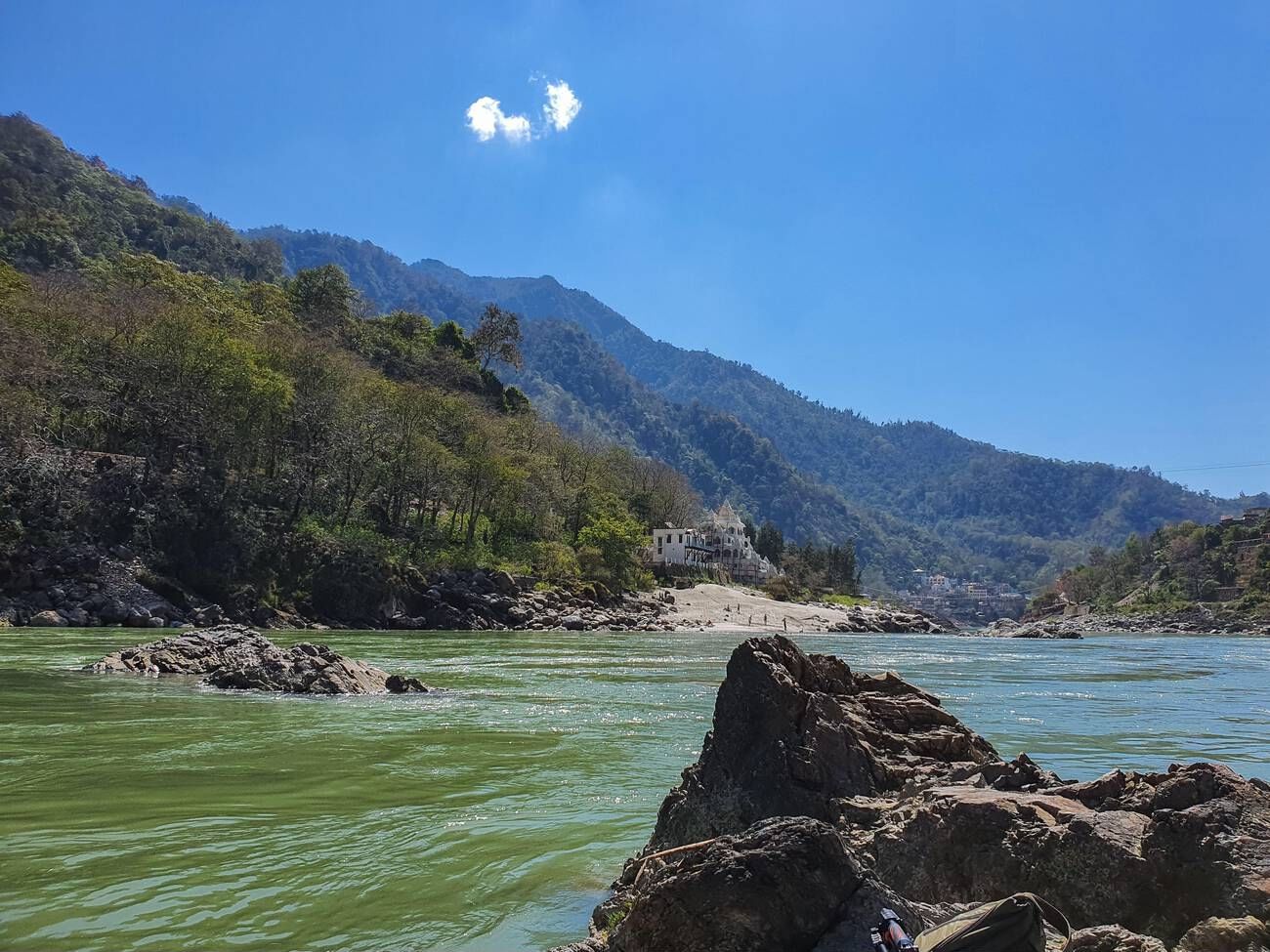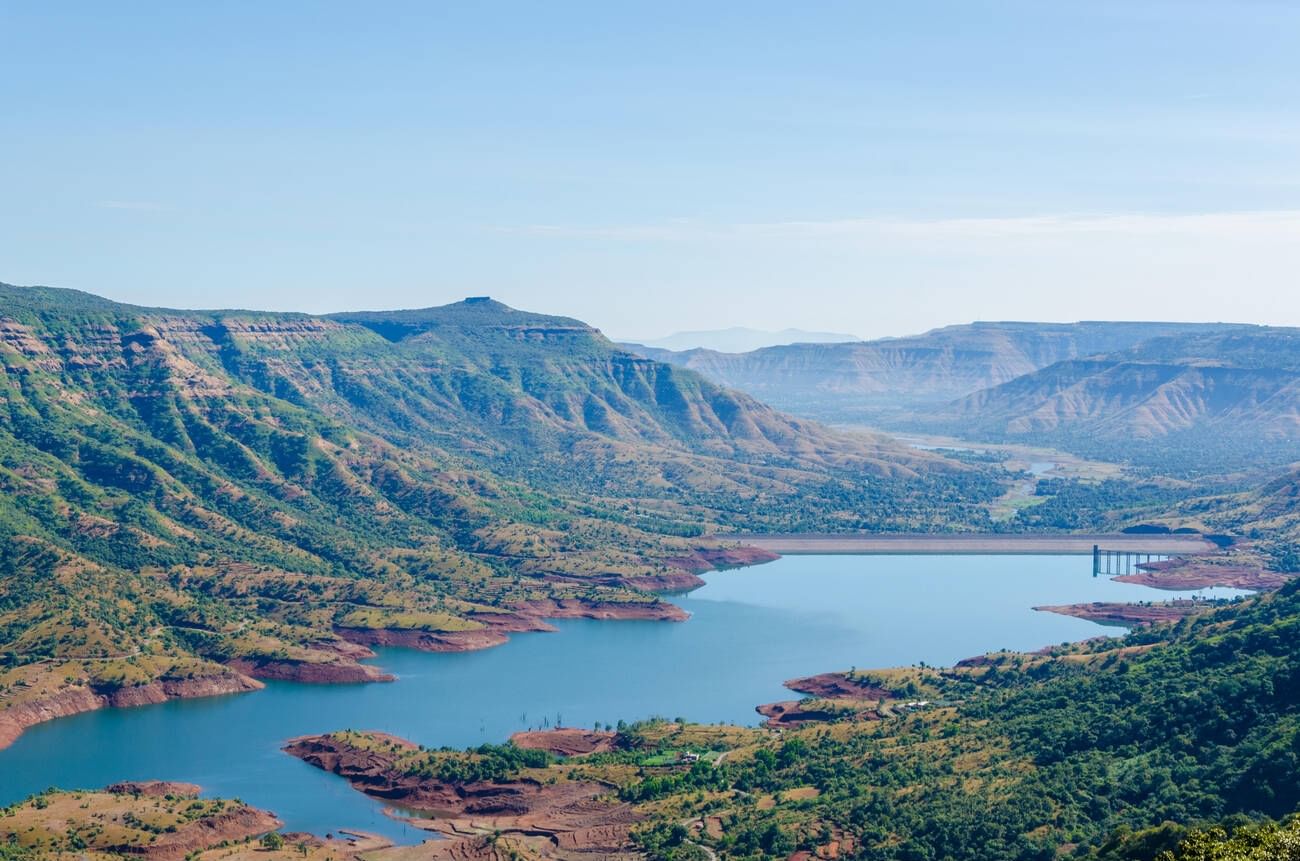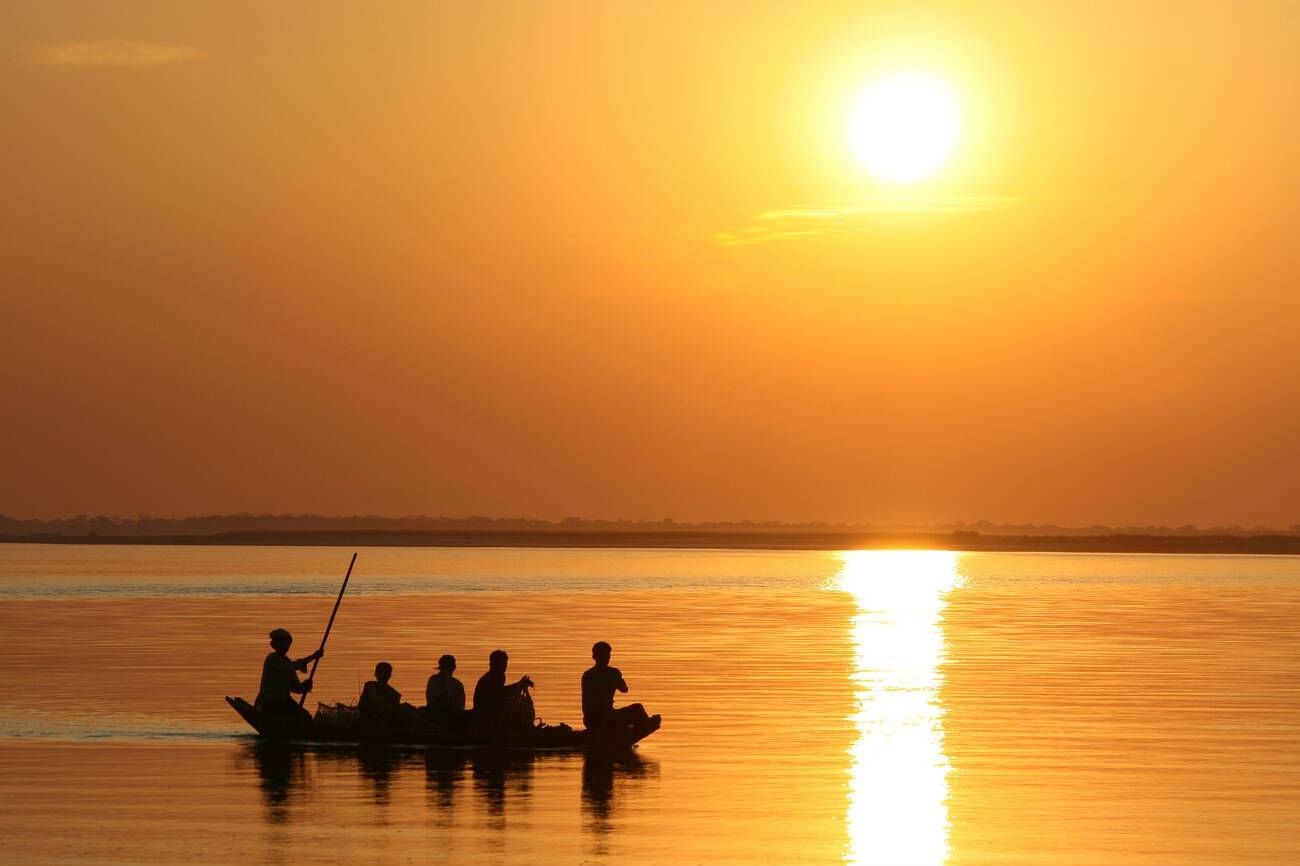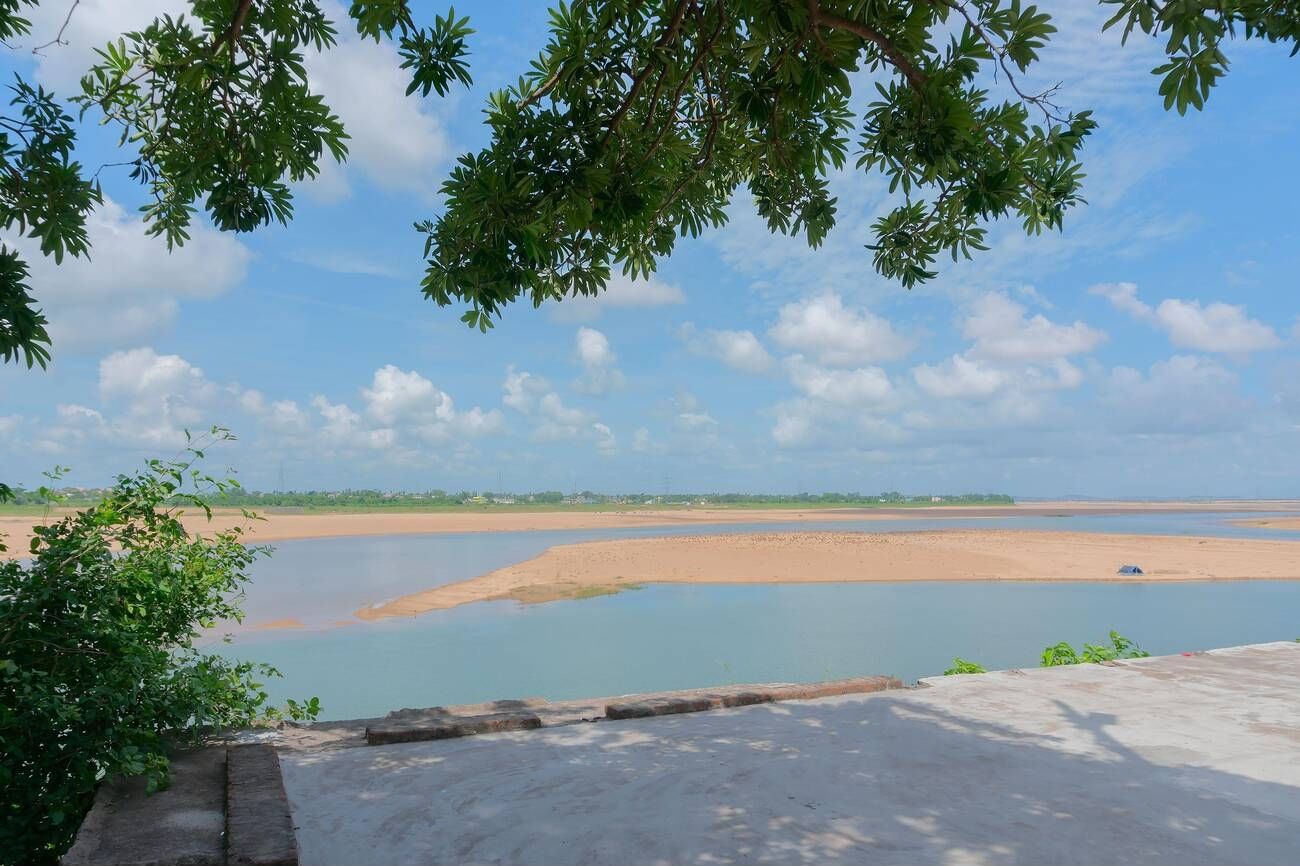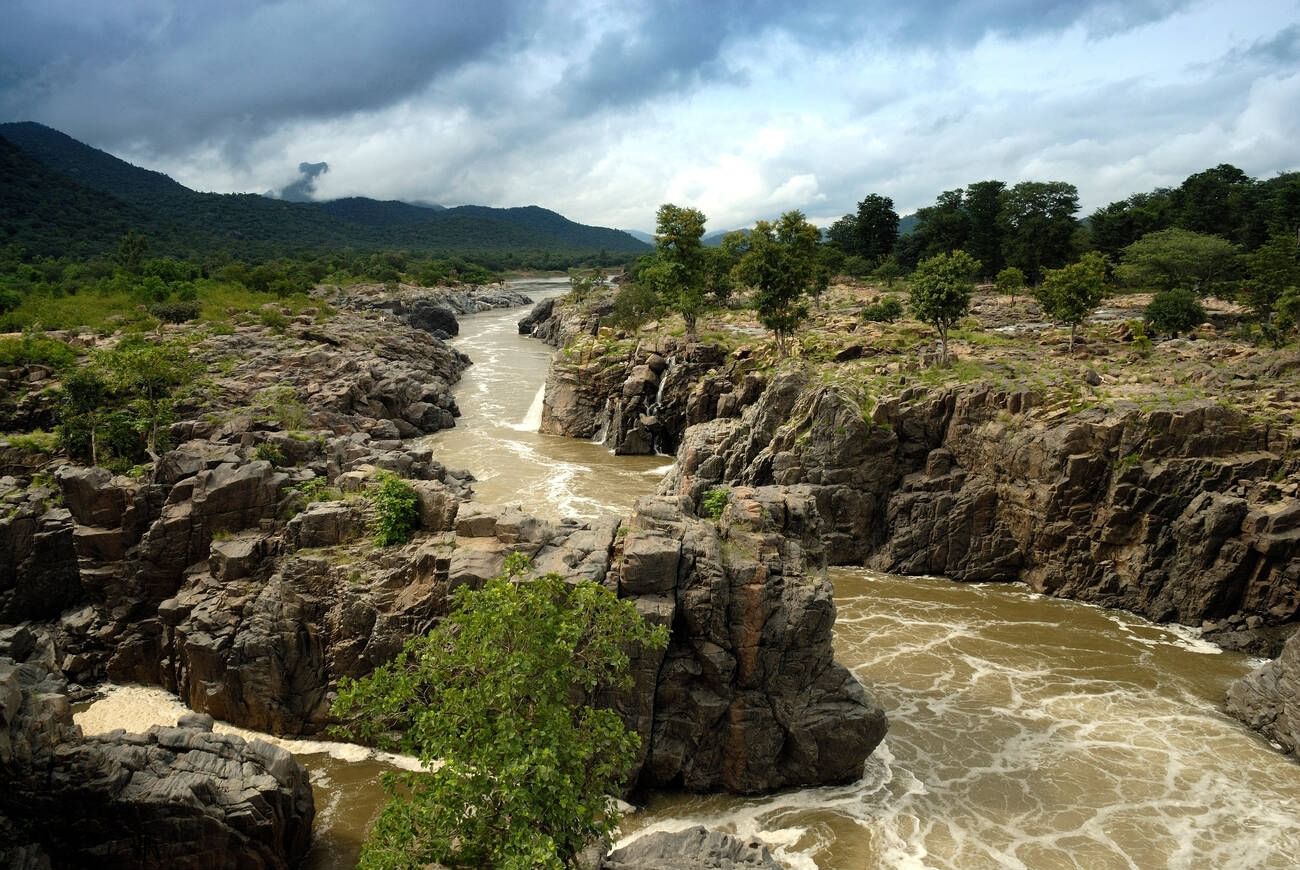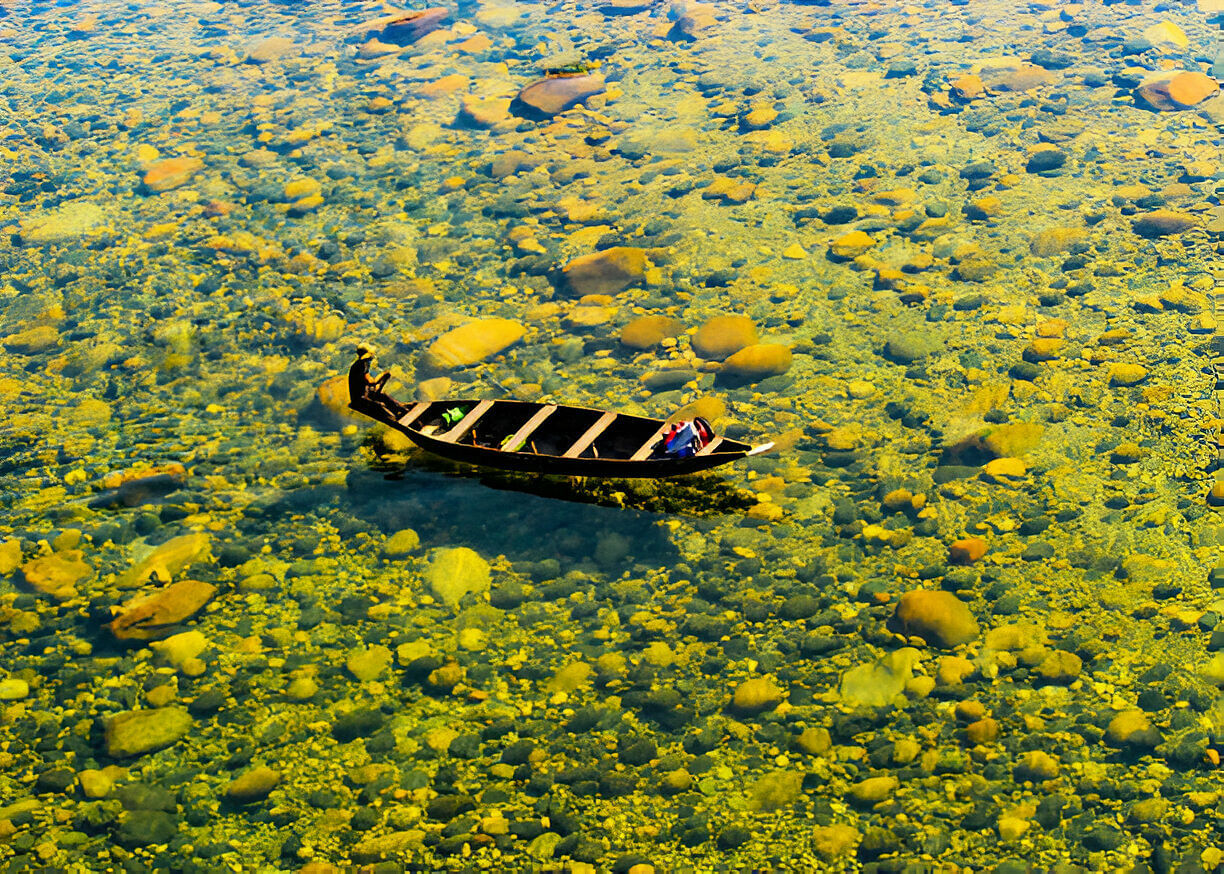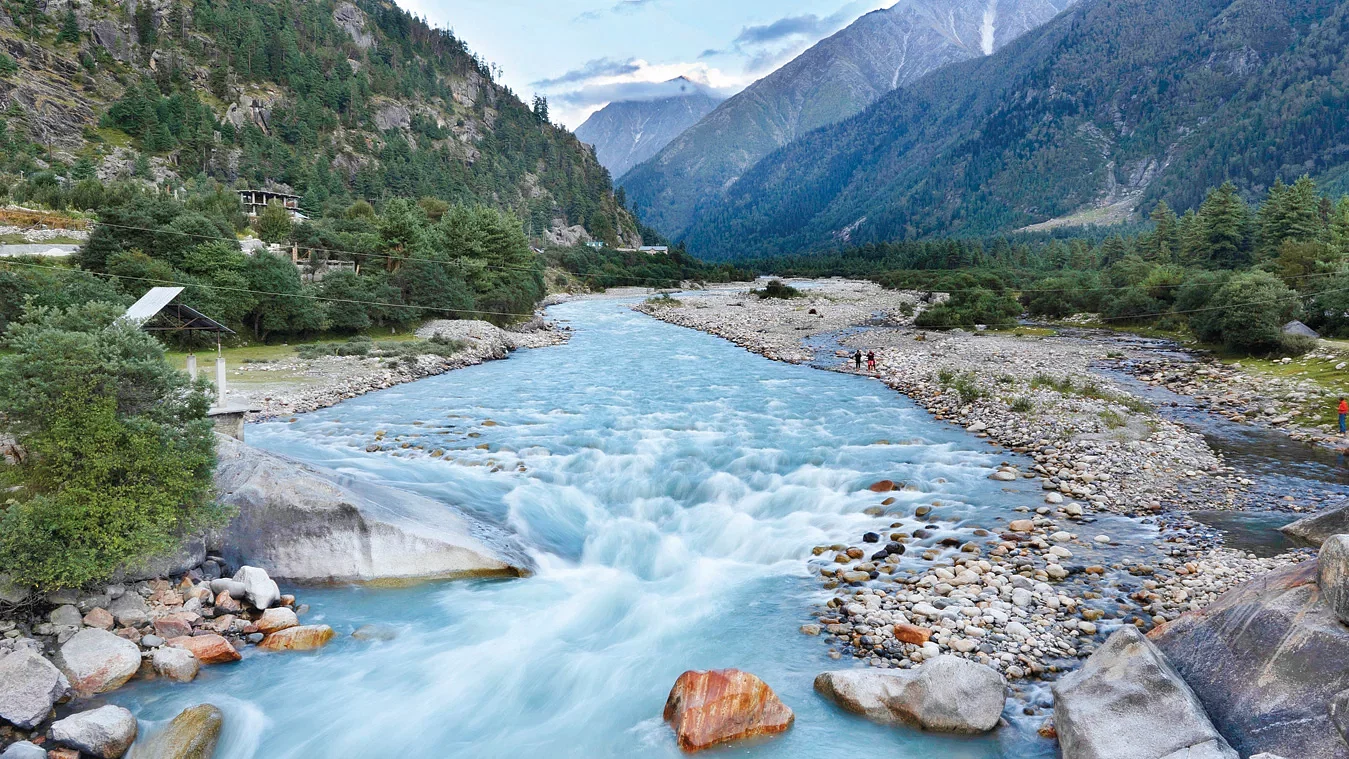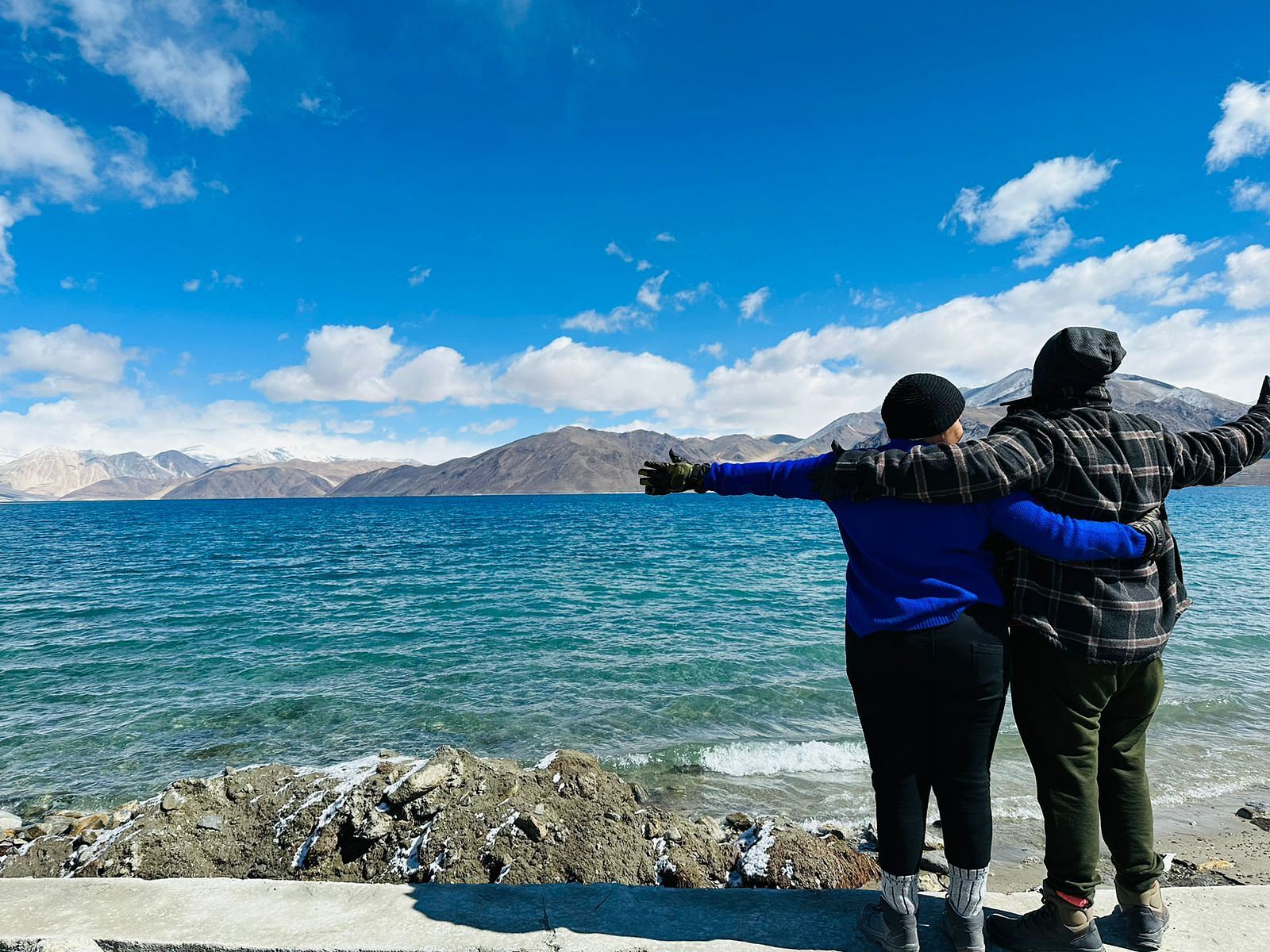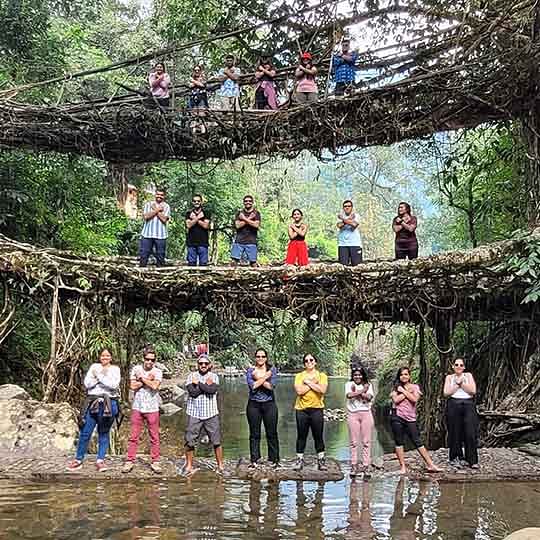Think rivers are just water flowing from one place to another? Not in India. Here, they are storytellers, lifelines, and the backdrop to every great India tour , from misty mountains to coastal plains.
In this blog, we are charting the longest rivers in India, including the top 10 rivers in India that have shaped the land, culture, and even entire civilizations. Whether you are planning your next adventure or just in the mood for some fascinating facts, this list is where your river journey begins.
Ready to go with the flow? Let’s dive in.
10 Longest Rivers of India
1. Ganga (Ganges) - The Sacred Lifeline of India
The Ganga is not just the longest river in India, but also the most revered. Flowing entirely within the country, it plays a central role in Indian culture, religion, and economy. Originating in the Himalayan Gangotri Glacier, the Ganga winds through the heart of the Indo-Gangetic plain, supporting agriculture, providing water to millions and serving as a spiritual artery for Hindus.
Cities like Haridwar, Varanasi, Prayagraj, and Kolkata have grown along its banks, making it both sacred and significant. It’s also the river where millions take a dip to cleanse their sins and where many festivals, like Kumbh Mela, come to life.
Length: 2,525 Kilometers
Origin: Gangotri Glacier, Uttarakhand
Ends at: Bay of Bengal
States covered: Uttarakhand, Uttar Pradesh, Bihar, Jharkhand, West Bengal
Fun Facts: It forms the world’s largest delta along with the Brahmaputra.
2. Godavari - The Ganga of the South
Nicknamed the Dakshina Ganga, the Godavari is the second-longest river in India and the longest in the southern part of the country. Starting from Trimbak in Maharashtra, it travels eastward across the Deccan Plateau and drains into the Bay of Bengal. As one of the longest rivers of India, it plays a vital role in supporting agriculture in Telangana and Andhra Pradesh. The river is also lined with important pilgrim towns like Nashik and Rajahmundry, making it both a spiritual and economic lifeline for the region.
Length: 1,465 Km
Origin: Trimbak, Maharashtra
Ends at: Bay of Bengal
States covered: Maharashtra, Telangana, Andhra Pradesh, Chhattisgarh, Odisha
Fun fact: Known for Pushkaralu, a river festival celebrated once every 12 years.
3. Krishna - The Backbone of the Deccan
The Krishna River flows through central and southern India, nourishing large parts of the Deccan Plateau. It starts from the hills of Mahabaleshwar in Maharashtra and winds its way through Karnataka, Telangana, and Andhra Pradesh. As one of the major rivers of India, it supports extensive irrigation networks, major dams, and hydroelectric projects, especially in Andhra Pradesh, playing a crucial role in the region’s agriculture and power supply.
Length: 1,400 Km
Origin: Mahabaleshwar, Maharashtra
Ends at: Bay of Bengal
States covered: Maharashtra, Karnataka, Telangana, Andhra Pradesh
Fun fact: The river basin is home to famous temples, such as Srisailam.
Suggested read: Biggest Dams in India
4. Yamuna - The River of Legends
The Yamuna is the Ganga’s largest tributary and flows through some of North India’s most densely populated regions, including Delhi. Revered in mythology and sacred texts, the river originates from the Yamunotri Glacier in Uttarakhand and meets the Ganga at the Triveni Sangam in Prayagraj. Often listed among the longest rivers of India, the Yamuna is lined with major historical sites like the Taj Mahal in Agra. Despite facing serious pollution challenges, it remains a lifeline for millions who live along its banks.
Length: 1,376 km
Origin: Yamunotri Glacier, Uttarakhand
Merges with: Ganga at Prayagraj
States covered: Uttarakhand, Haryana, Delhi, Uttar Pradesh
Fun fact: Many Mughal gardens were built along the Yamuna.
5. Narmada - The Western Wonder
Flowing westward into the Arabian Sea, the Narmada River is one of the few major rivers in India with such a direction. Its journey from the Amarkantak Plateau in Madhya Pradesh through the picturesque Marble Rocks of Bhedaghat is legendary. The river holds cultural and spiritual significance, often mentioned in Hindu scriptures and believed to cleanse sins, like the Ganga. It also fuels hydropower projects and irrigation systems in central India.
Length: 1,312 km
Origin: Amarkantak Plateau, Madhya Pradesh
Ends at: Arabian Sea
States covered: Madhya Pradesh, Maharashtra, Gujarat
Fun fact: pilgrims perform the “Narmada Parikrama”, a circumamabulation of the entire river.
6. Indus (in India) - The Historic Giant
Although much of the Indus River flows through Pakistan, its upper reaches in India are incredibly significant. It originates in Tibet, enters India in Ladakh, and flows into Pakistan. The river is historically important as the cradle of the Indus Valley Civilization. In the Indian region, it supports local communities and glaciers that feed it, which continue to be key indicators of climate health.
Length: 3,180 Km
Origin: Tibetan Plateau
Ends at: Arabian Sea (Via Pakistan)
States covered: Ladakh, Jammu and Kashmir
Fun fact: It lends its name to the country - India.
7. Brahmaputra - The Powerful Pulse of the East
Known for its dramatic floods and mighty flow, the Brahmaputra enters India through Arunachal Pradesh after journeying from Tibet. It then flows through Assam before entering Bangladesh. As one of the major long rivers in India, it is vital for the biodiversity and culture of Northeast India. With its vast width, strong currents, and seasonal intensity, the Brahmaputra stands out, both for its natural power and as one of the few male-named rivers in the country.
Length: 2,900 Km
Origin: Angsi Glacier, Tibet
Ends at: Bay of Bengal
States covered: Arunachal Pradesh, Assam
Fun Fact: It forms one of the world’s largest river islands - Majuli in Assam.
8. Mahanadi - The River of Odhisha
The Mahanadi is the lifeline of Odisha and Chhatisgarh. It originates in the Sihawa Hills and flows eastward into the Bay of Bengal. Known for the Hirakud Dam, one of the longest earthen dams in the world, the Mahanadi is crucial for irrigation and floor control in eastern India.
Length: 890 Km
Origin: Chhatisgarh
Ends at: Bay of Bengal
States covered: Chhattisgarh, Odisha
Fun fact: Hirakud Dam is over 25 km long!
9. Kaveri - The Cultural River of the South
The Kaveri River is a sacred and essential water source in South India. Originating from the Western Ghats in Karnataka, it flows through Tamil Nadu and empties into the Bay of Bengal. Counted among the important long rivers in India, the Kaveri has fueled civilizations, temples, and agriculture for centuries. It also plays a key role in several ongoing water-sharing disputes between states, highlighting its significance in both cultural and political landscapes.
Length: 800 km
Origin: Talakaveri, Karnataka
Ends at: Bay of Bengal
States covered: Karnataka, Tamil Nadu
Fun fact: The river feeds the fertile Kaveri Delta, known as the “Granary of South India”
Suggested read: Bhakra Nangal Dam
10. Tapti - The Silent Stream
The Tapti River is another west-flowing river like the Narmada, draining into the Arabian Sea. It begins in Madhya Pradesh and travels through Maharashtra and Gujarat. Though smaller, it plays a vital role in irrigation and agriculture in central-western India.
Length: 724 Km
Origin: Satpura Hills, Madhya Pradesh
Ends at: Arabian Sea
States covered: Madhya Pradesh, Maharashtra, Gujarat
Fun fact: Its name is derived from the Goddess Tapati, daughter of the sun god Surya.






